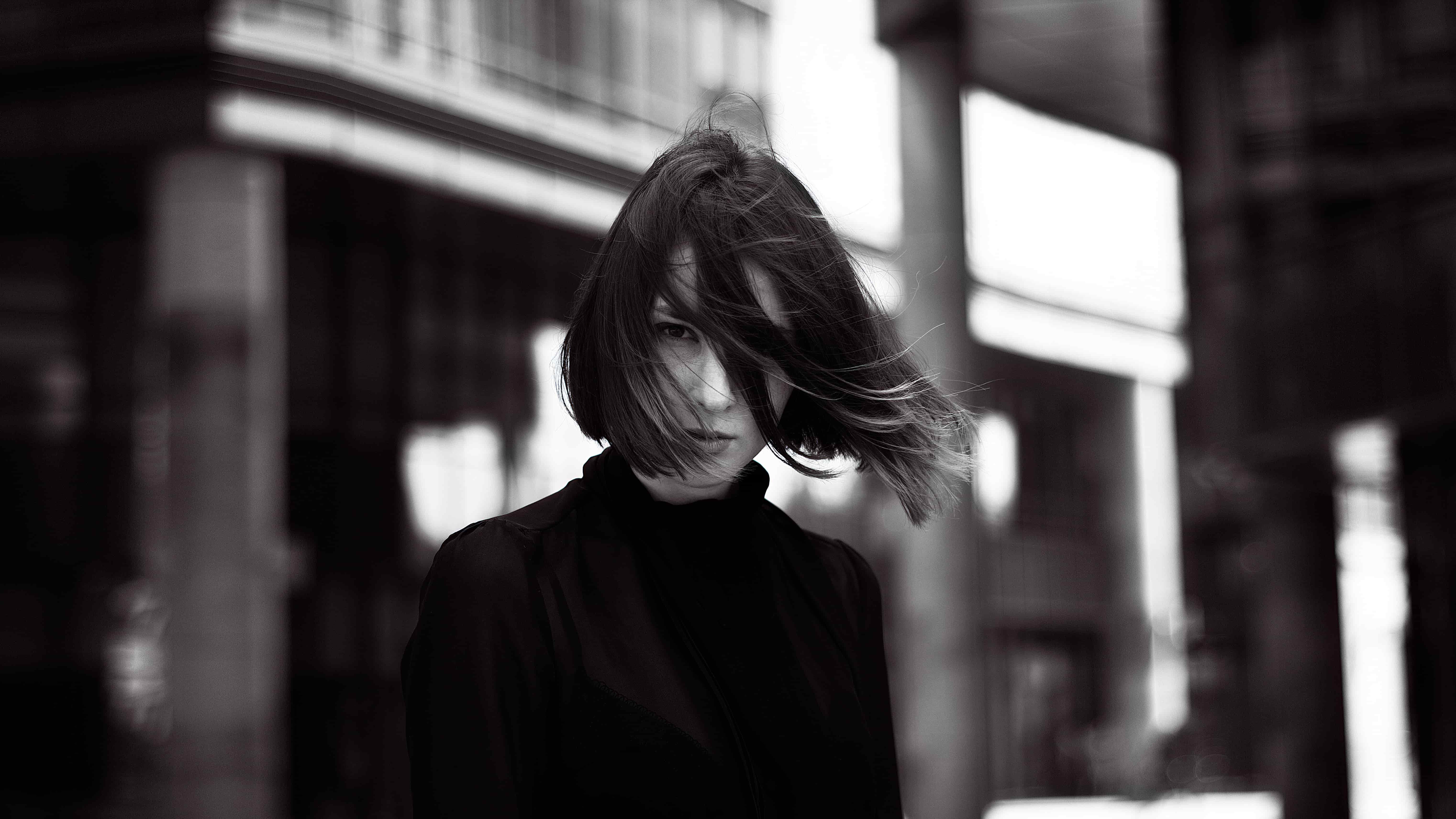你的購物車現在是空的!
Guide to Mixing Large and Small Flowers in a Bouquet
Creating a beautiful bouquet is all about balance, proportion, and understanding how different flower sizes work together. Here’s how to master the art of mixing large and small blooms.
Understanding Flower Roles
Large Flowers (Focal Flowers) These are your statement pieces that draw the eye first. Examples include roses, peonies, sunflowers, dahlias, and hydrangeas. They typically form the foundation of your arrangement.
Medium Flowers (Secondary Flowers) These support and complement your focal flowers without competing for attention. Think spray roses, ranunculus, carnations, or alstroemeria.
Small Flowers (Filler Flowers) These add texture, soften the arrangement, and fill gaps. Popular choices include baby’s breath, waxflower, statice, hypericum berries, and small daisies.
The Basic Ratio
A good starting point is the 3:2:1 ratio:
- 3 parts small/filler flowers
- 2 parts medium flowers
- 1 part large focal flowers
This creates visual interest without overwhelming the eye. However, feel free to adjust based on your style—more dramatic arrangements might feature more large blooms, while cottage-style bouquets often emphasize smaller, airier flowers.
Step-by-Step Mixing Technique
1. Start with Structure Begin by placing your large focal flowers first. Distribute them evenly throughout the bouquet rather than clustering them together. This creates multiple focal points and prevents a lopsided appearance.
2. Add Medium Flowers Weave medium-sized blooms between your large flowers, slightly recessed from the focal flowers. This creates depth and prevents a flat appearance.
3. Fill with Small Flowers Use your filler flowers to soften edges, fill gaps, and create a cohesive look. They should nestle into spaces between larger blooms and extend slightly beyond the main mass for an organic feel.
4. Add Texture with Foliage Don’t forget greenery! Eucalyptus, ferns, leather leaf, or salal add texture and help transition between different flower sizes.
Design Principles
Create Visual Rhythm Avoid placing all large flowers at one height or in a straight line. Vary their positions throughout the arrangement to guide the eye naturally around the bouquet.
Consider Color Distribution If your large flowers are a bold color, use smaller flowers in complementary or softer shades to balance the visual weight. Alternatively, scatter the same color in different sizes throughout for cohesion.
Play with Height Allow some small flowers to extend above the larger blooms, and let some large flowers sit deeper in the arrangement. This creates dimension and movement.
Mind the Proportions In a hand-tied bouquet, the flower portion should be roughly 1.5 times the height of the stems showing. For vase arrangements, flowers should be 1.5 to 2 times the height of the vase.
Common Mistakes to Avoid
- Overcrowding: Leave some breathing room. Flowers need space to be appreciated individually and as a group.
- Uniform placement: Vary depths, heights, and spacing for a natural look.
- Neglecting texture: Mix different petal types, shapes, and sizes for visual interest.
- Ignoring scale: In small bouquets, avoid flowers that are too large. They’ll overwhelm the arrangement.
Style Variations
Classic Round Bouquet Large flowers clustered in the center, medium flowers surrounding them, and small flowers creating a soft edge.
Cascade or Trailing Bouquet Large focal flowers near the binding point with progressively smaller flowers flowing downward.
Organic Garden Style Mix all sizes throughout with an asymmetrical, loose appearance. This style embraces a natural, just-picked look.
Modern Minimalist Fewer large statement flowers with strategic placement of small flowers for accent only.
Pro Tips
- Always work with fresh, properly conditioned flowers
- Strip leaves that will fall below the water line to prevent bacterial growth
- Cut stems at an angle for better water absorption
- Small flowers often have more delicate stems—handle gently
- Step back frequently to assess your arrangement from a distance
- Turn your bouquet as you work to ensure it looks good from all angles
With practice, mixing large and small flowers becomes intuitive. Trust your eye, embrace imperfection, and remember that the most beautiful bouquets often have an effortless, natural quality that comes from thoughtful variation in size, texture, and placement.


